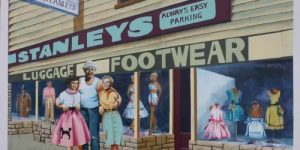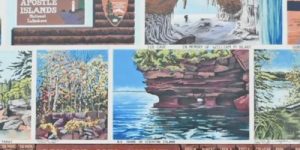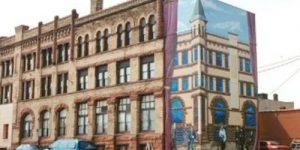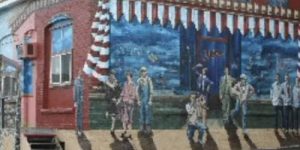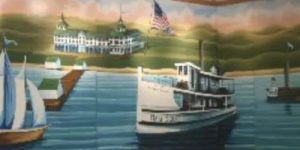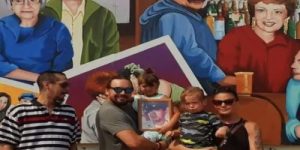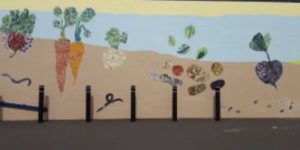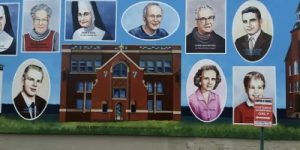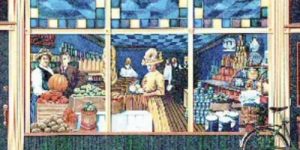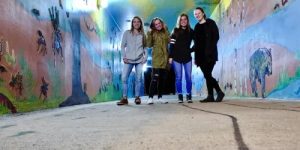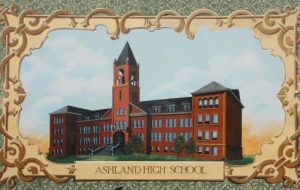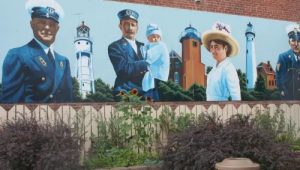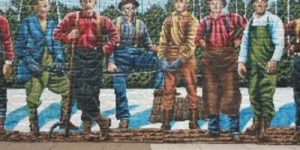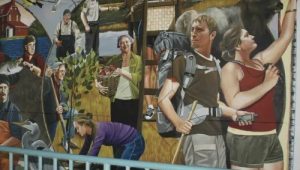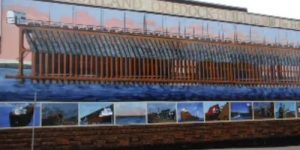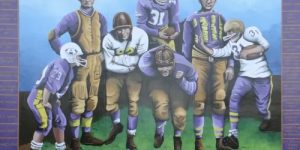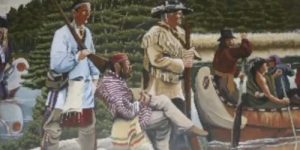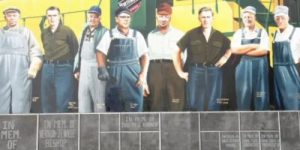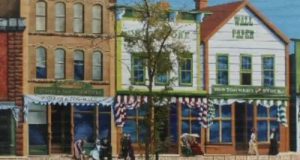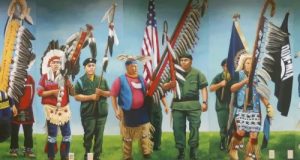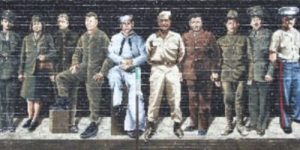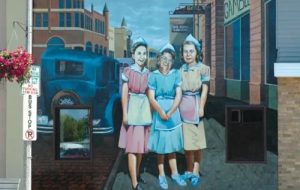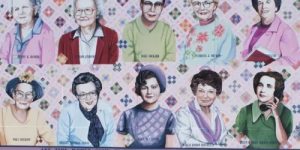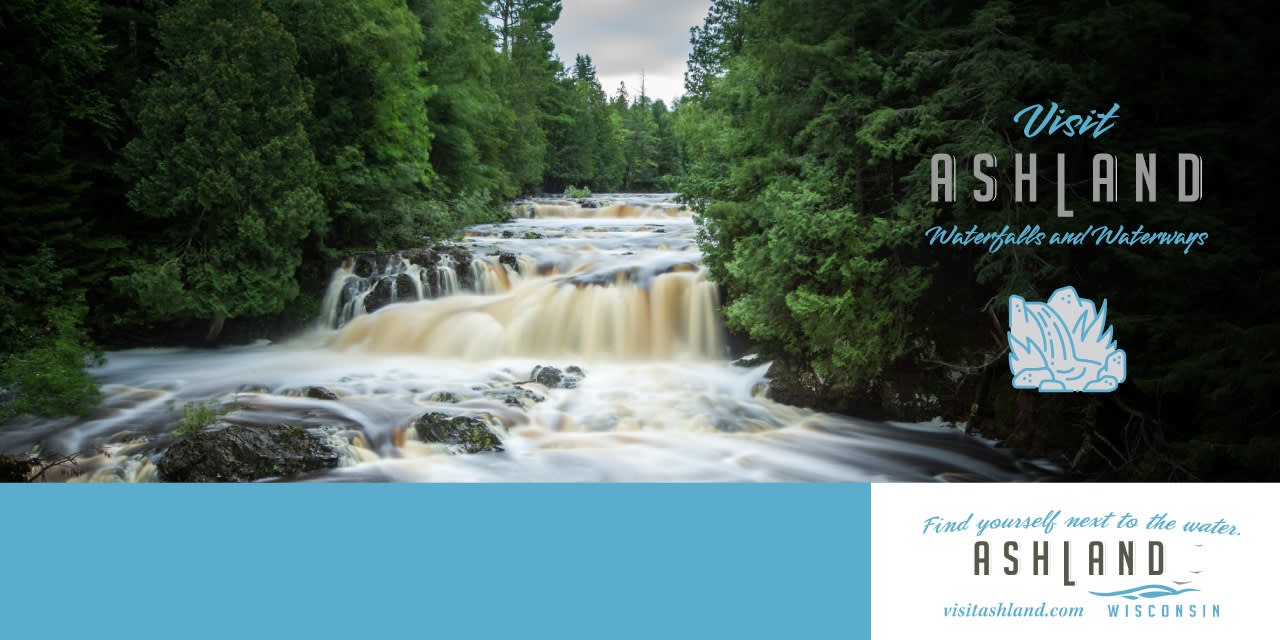Welcome to the Ashland Mural Tour!
Ashland is the “Historic Mural Capital of Wisconsin”. With 23 historic murals in the city, we literally have an outdoor museum and history book on our buildings. The majority of the murals are located in an 8-block historic district, but there are a few that are found outside this area including an indoor mural at the Northern Great Lakes Visitor Center, and outdoor mural at the Middle School Football Stadium. Each mural depicts a piece of our past from the Oredock which at one time was the largest steel dock in the world, to the Lumberjack Mural which is majestic in the size of the lumberjacks and the one extraordinary lady who was the cook, doctor, seamstress, housekeeper, the “Jill of all Trade”. Ashland is a friendly, walkable community, and the mural walk is NOT weather dependent. You can view the murals from the comfort your own vehicle, or by foot. The outdoor murals are always available to see.
Most of the murals are in our Historic Downtown District. Here we have all sorts of retail stores as well as food and beverage. Spend the day in Ashland, where you’ll find yourself, Next to the Water

